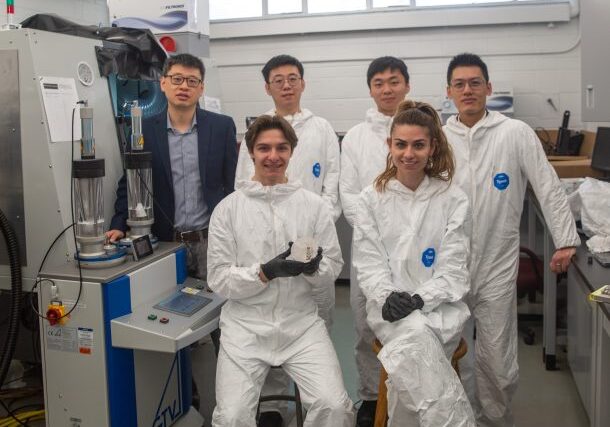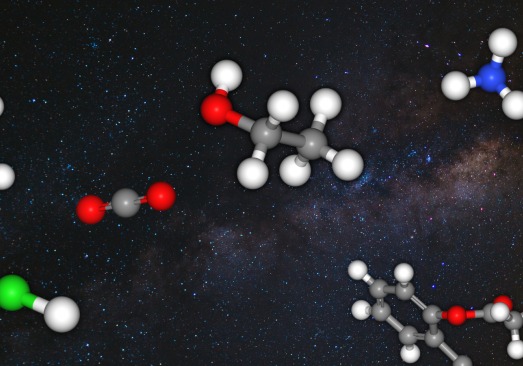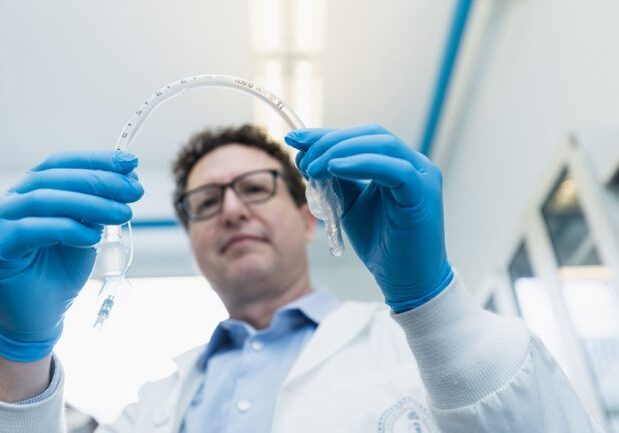
How bending implantable medical devices can enable infectious organisms to gain a toehold
U of T Engineering researchers demonstrate that bending silicone rubber medical devices creates ‘microcracks’ that can affect where and how potentially harmful biofilms form
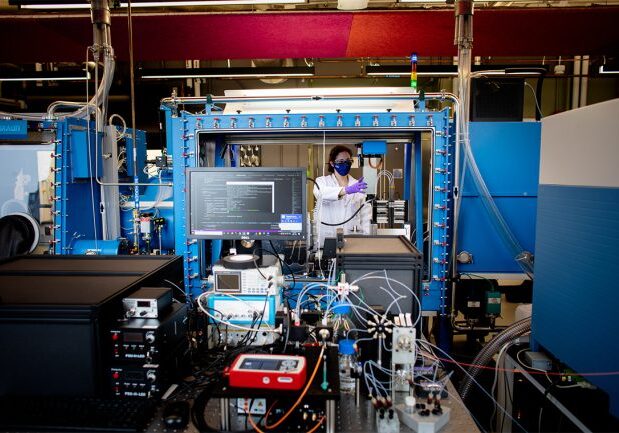
‘Self-driving labs’: $200-million federal grant powers AI-driven materials discovery for clean energy, advanced manufacturing and more
Funding will enhance the work of the Acceleration Consortium, a multidisciplinary collaboration that includes several U of T Engineering researchers

U of T Engineering professors and staff honoured for excellence
Faculty celebrates leadership and innovation in teaching, research and contribution to the quality of student experience
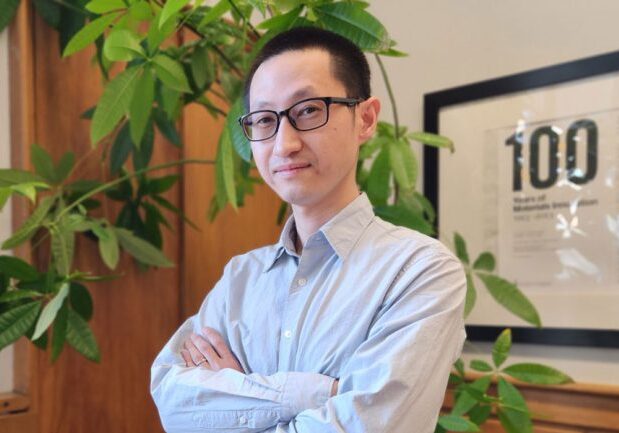
Professor Kai Huang joins the Department of Materials Science & Engineering
Huang and his team are studying nanomaterials with unconventional optical properties that could be used in cancer diagnosis or therapy
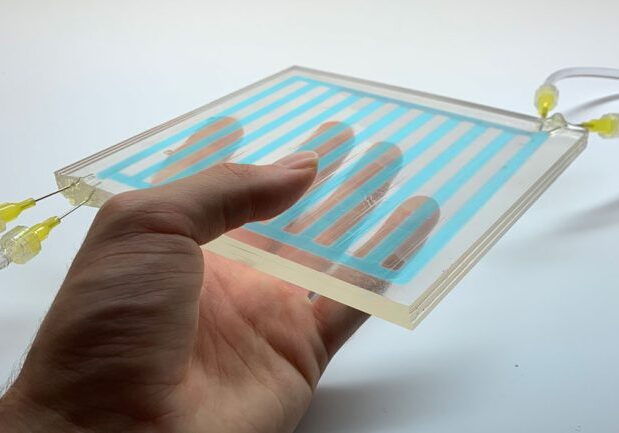
‘Liquid windows’ inspired by squid skin could help buildings react to changing environments, save on energy costs
U of T Engineering researchers create bio-inspired system that can optimize the wavelength, intensity and dispersion of light reaching building interiors
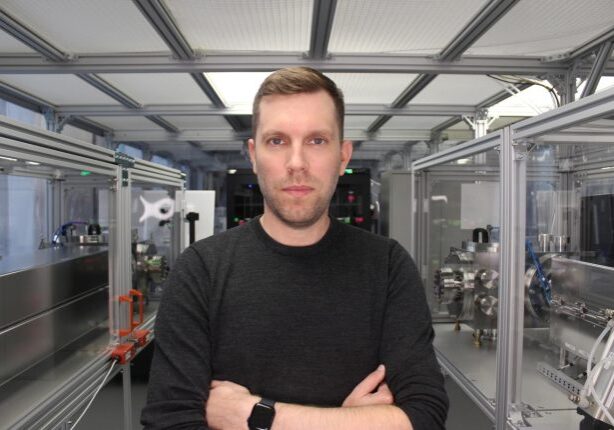
This alumni startup is taking organic LED displays to the next level
Newest innovation from OTI Lumionics enables integration of displays with different types of sensors and cameras, allowing device makers to create notch-free screens

